"Can't it be done differently? Can’t it be done better? I have found that imagination is one of the most important things that make a person succeed in life," said 75-year-old Anton Philips looking back on his working life. But immediately adding, "also courage and sense of duty."
In early January 1895, 20-year-old Anton Philips came to Eindhoven at the request of his father Frederik to help his brother Gerard, who was 16 years older, in the family business with the commercial activities.
Anton, at that time working at the stock exchange in the dynamic metropolis of London, agreed to a temporary assignment of six months. Anton proved to have great commercial skills. The knowledge gained at the Openbare Handelsschool (the public School of Commerce) in Amsterdam and his experience in stock trading in Amsterdam and London served him well in the young Eindhoven light bulb factory.
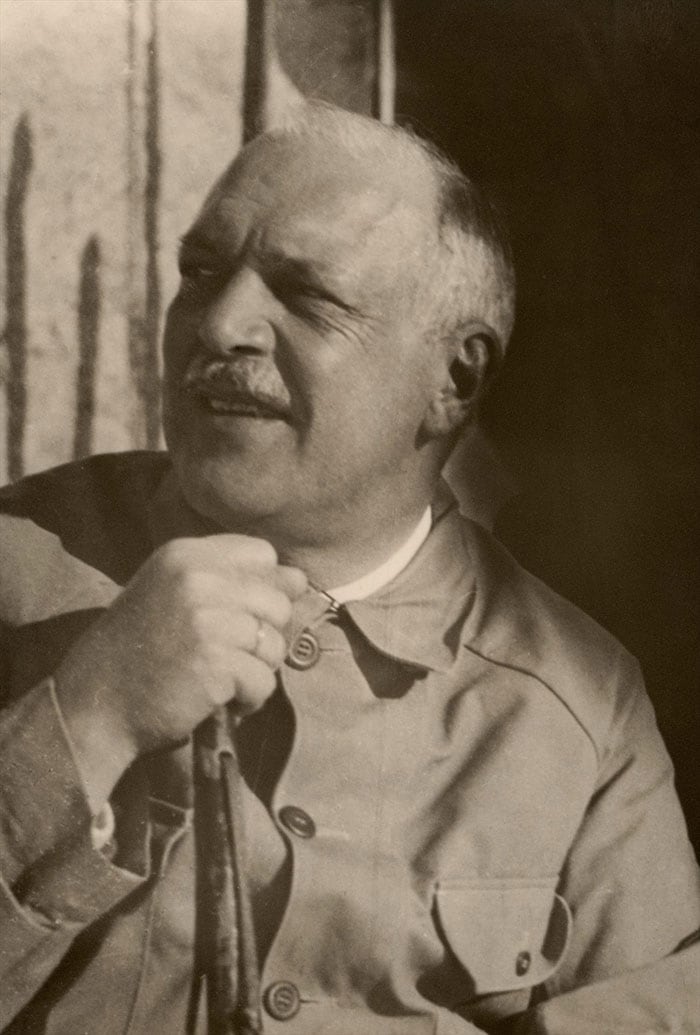
Traveling with a sample case
Anton had a mission: For the light bulbs, which his brother Gerard manufactured, the world was a workplace that needed to be illuminated. With a sample case full of different types of light bulbs, he traveled around by train third class.
"I took pride in spending as little money as possible and traveling as cheap as possible...," Anton later recounted these early days. By his own account, he sometimes spent 21 nights a month on the train and returned to Eindhoven covered in flea and lice bites:
"But how pleasant it was when you had sold a lot." As a commercial traveler, he started in the Netherlands, Belgium and in the German Ruhr area and successfully entered new markets in Russia, Spain and Italy, among others.
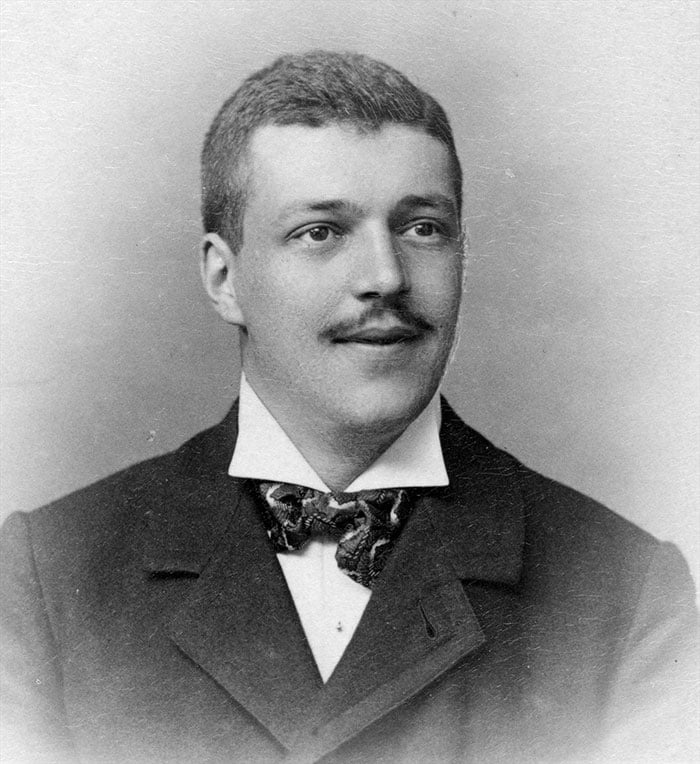
Within five years he had established a network of 28 agencies worldwide, from Buenos Aires to Yokohama. In 1910, he traveled to the United States and, with his charisma, mercantile spirit and persuasion, managed to secure the necessary production machinery to produce the recently developed metal wire lamp and thus keep in touch with competitors.
"One has to see things in the future. Possibilities that do not yet exist, may exist in five years. One can also call that vision [...]"
From light bulbs to X-rays and radio
After Gerard Philips' retirement in 1922, Anton continued alone as director. "It is very busy here with all kinds of novelties [...] everyone is in full swing and doing his utmost to raise both quality and quantity as high as possible," Anton wrote to his brother Gerard in September 1927.
Philips just presented its first radio set to the public. For several years Philips had been producing not only light bulbs. Among other things, they had begun to manufacture glass, in 1918 Philips started making X-ray tubes, and after radio pioneer Hanso Idzerda asked if Philips could make radio lamps, the company stepped into the world of sound.
Due to increasing demand, Anton Philips decided to produce not only parts but also complete radio sets. In ten years, the company transformed from a light bulb factory to a multinational electrical engineering concern.
By the late 1920s, Philips had subsidiaries in 24 countries, six of them outside Europe. In April 1929, Anton personally shook hands with the 20.000th employee in Eindhoven, and in 1932, five years after its introduction, the millionth radio was sold.
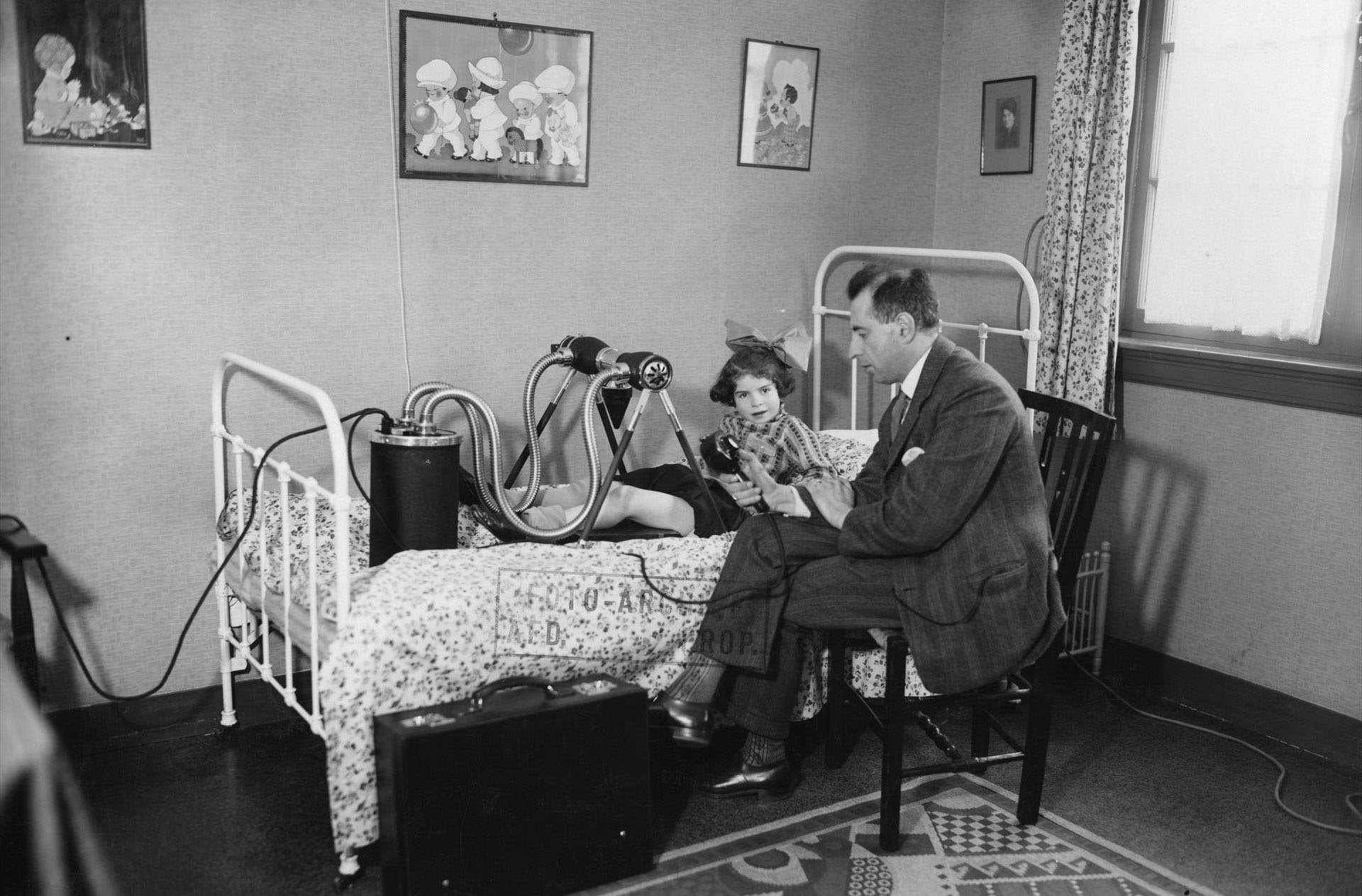
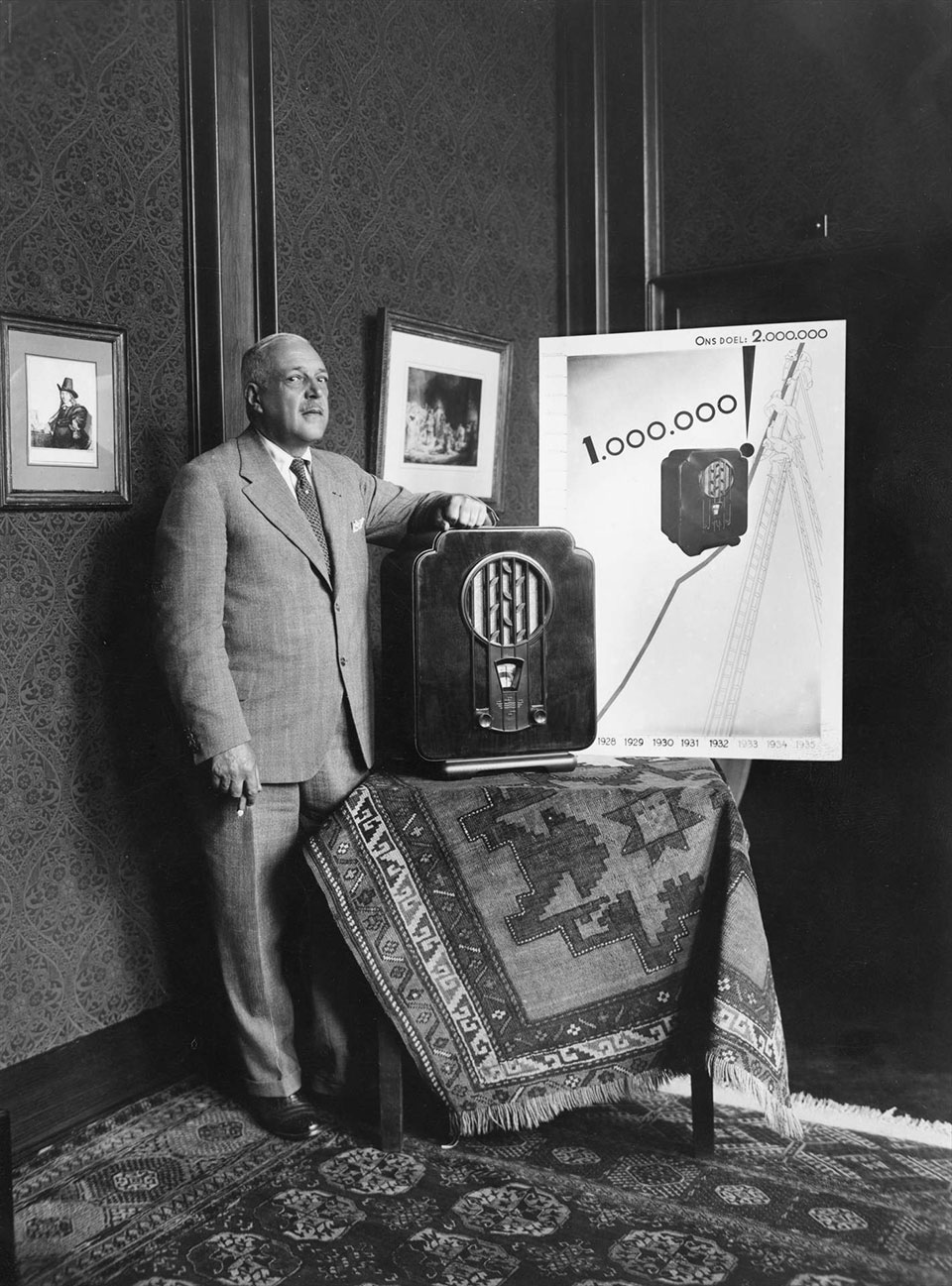
“Do something, too, because you like it”
‘To promote, in the widest sense, the mental and physical relaxation of staff members and their families," was the ultimate goal of the Philips-de Jongh Recreation Fund founded by Anton Philips and his wife Anna Philips-de Jongh in 1921. This fund financed dozens of initiatives, from chess clubs to flower arranging courses.
A year earlier, they donated a 25-acre wooded area to the people of Eindhoven, which was named Philips-de Jongh Wandelpark. Nature and sports played an important role in Anton Philips' life.
In his younger years he played tennis, enjoyed hiking in the mountains, and until an advanced age could often be found on "his golf course" (De Eindhovensche Golf) in Valkenswaard. He made a link between sport and work: "It keeps the mind alive; sport teaches quick decision-making and cultivates a good spirit of cooperation."
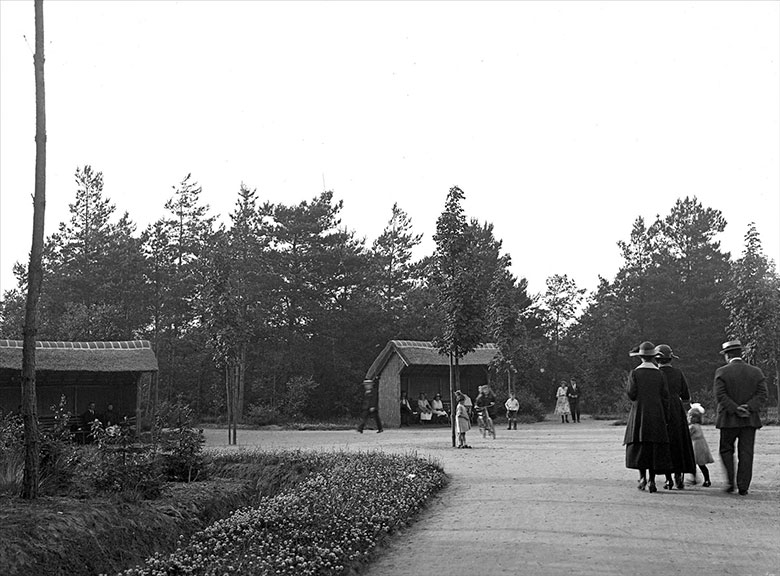
On July 6, 1939, Anton Philips stepped down as president of the company and transferred the leadership of the concern to his son-in-law Frans Otten. As chairman of the Supervisory Board, Anton Philips remained associated with the concern until a few months before his death in 1951.
Text written by Miriam Lengová, Philips Company Archives.
Copyright: Koninklijke Philips N.V. / Philips Company Archives.

